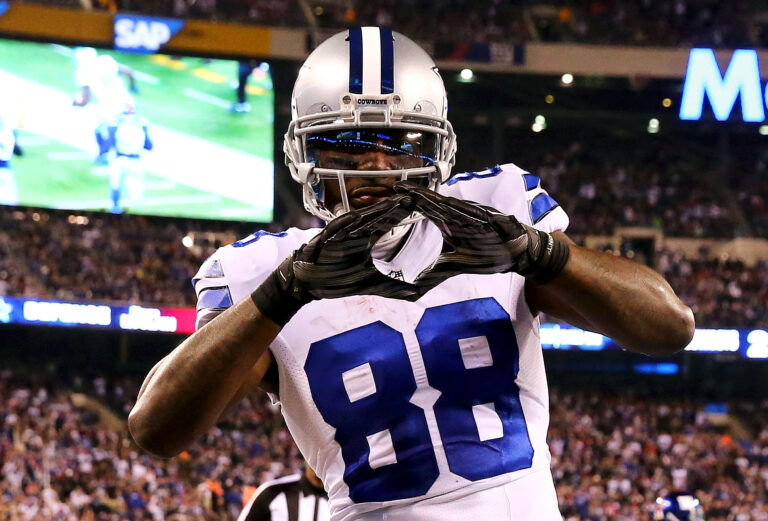The NFL loves to promote parity; the idea that at the beginning of every single season each team has an equal chance of bringing home the Vince Lombardi Trophy in February.
How much parity there really is in the league is up for debate, as I would argue about half the league is not considered a serious contender at any point during a given season. But then again, every year we seem to see a team go from “worst to first” in their division and get themselves a home playoff game. Just last season the NFC East saw this occur as the Washington Redskins reversed their recent misfortunes to win the east and host the Green Bay Packers in the Wild Card Round.
This year us Dallas Cowboys fans are hoping that it will be our team who climes out of last season’s cellar and atop the division standings. If this does happen, we will point to all of the reasons why the Cowboys finally started clicking; Ezekiel Elliott ran for a zillion yards, the offensive line was dominant, Tony Romo stayed healthy, the defense created turnovers, etc. etc.
While all of this may have to be true for the Cowboys to be good, the most telling factor for why the Cowboys can climb out of the NFC East basement is something out of their control, their strength of schedule (SOS).
The “strength of schedule” metric is calculated pretty simply by averaging out each opponents winning percentage from the previous season. For example, to find the Cowboys 2016 strength of schedule, you would take the average of their 2016 opponents winning percentages from 2015.
Now that we understand what strength of schedule is, we can examine how important a role it plays in a team going from “worst to first.”
I studied the past five NFL seasons to discover how closely strength of schedule relates to playoff appearances, and in each of those five seasons at least one playoff team had one of the five easiest schedules according to this metric. While not all of these teams were a last place team or even missed the playoffs the year before, it is still notable just how easy their schedule was.
| Year | Team | SOS | Final Record |
| 2011 | Baltimore Ravens | .457 | 12-4 |
| 2012 | Cincinnati Bengals | .438 | 10-6 |
| 2013 | Denver Broncos | .430 | 13-3 |
| 2014 | Indianapolis Colts | .430 | 11-5 |
| 2015 | Houston Texans | .418 | 9-7 |
| 2016 | Dallas Cowboys | .465 | ?? |
As you can see, teams that we now consider as a perennial playoff contenders have typically taken advantage of weaker opponents in order to kick off their playoff runs.
In particular, I’d like to focus on the 2014 Colts and 2015 Texans. Both of these teams have been towards the bottom of strength of schedule over the past couple of seasons in large part because of the weakness of their division. It’s pretty logical to consider that if six of your games will be against opponents with winning percentages at or under .500 the season before, then in turn your schedule will be easier.
This is exactly what we saw last season in the AFC South, especially after Colts quarterback Andrew Luck went down for most of the year. The Texans went 5-1 in their division, taking care of the weak and young teams which they had to play. Finishing with only 9 wins total, just over half of their wins came within the division.
Is asking this years Cowboys to exploit the New York Giants and Philadelphia Eagles for 3 or 4 wins out of the question? I don’t think so. In fact, I think it is likely and necessary in order for them to clinch that playoff birth.
While the Cowboys do have a slightly higher strength of schedule than the other five teams in this chart, it is still well below .500, which should be the league average, at least in theory.
Six of the Cowboys 10 non-division opponents finished well under .500 in 2015, and it is against those teams that the Cowboys must shine. If they can beat the teams they “should” like the Bears, 49ers, Browns, Lions, Ravens, and Buccaneers, then they will put themselves in position to win the NFC East before they even have to beat a true contender.
The Dallas Cowboys can make their “worst to first” climb by taking advantage of these weaker opponents, the same way those other teams in the past with similarly weak strength of schedules did.
